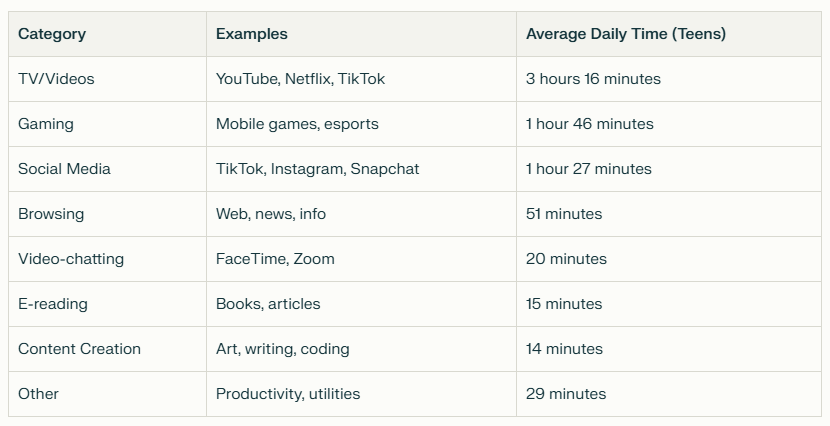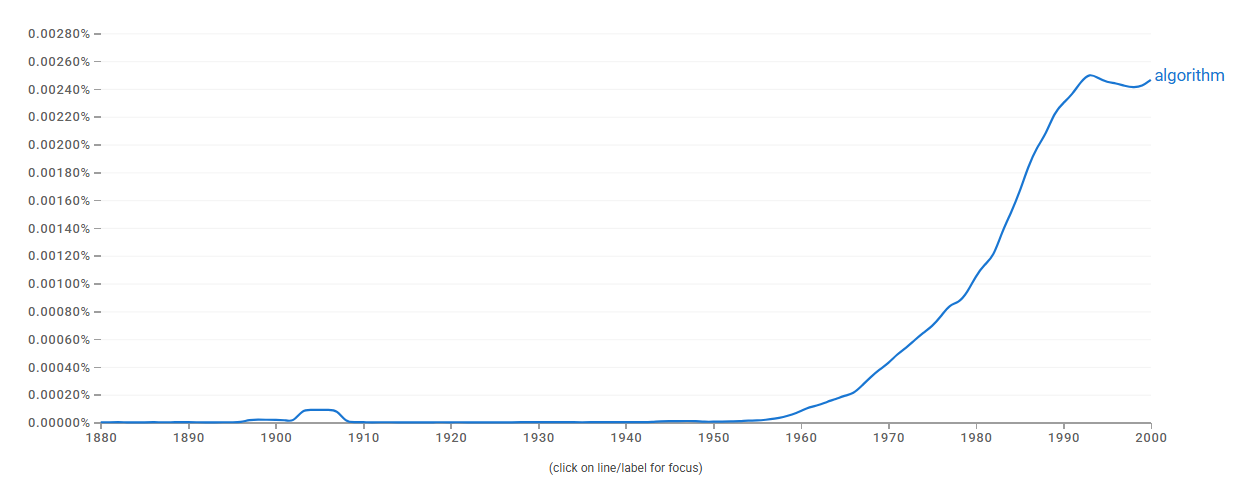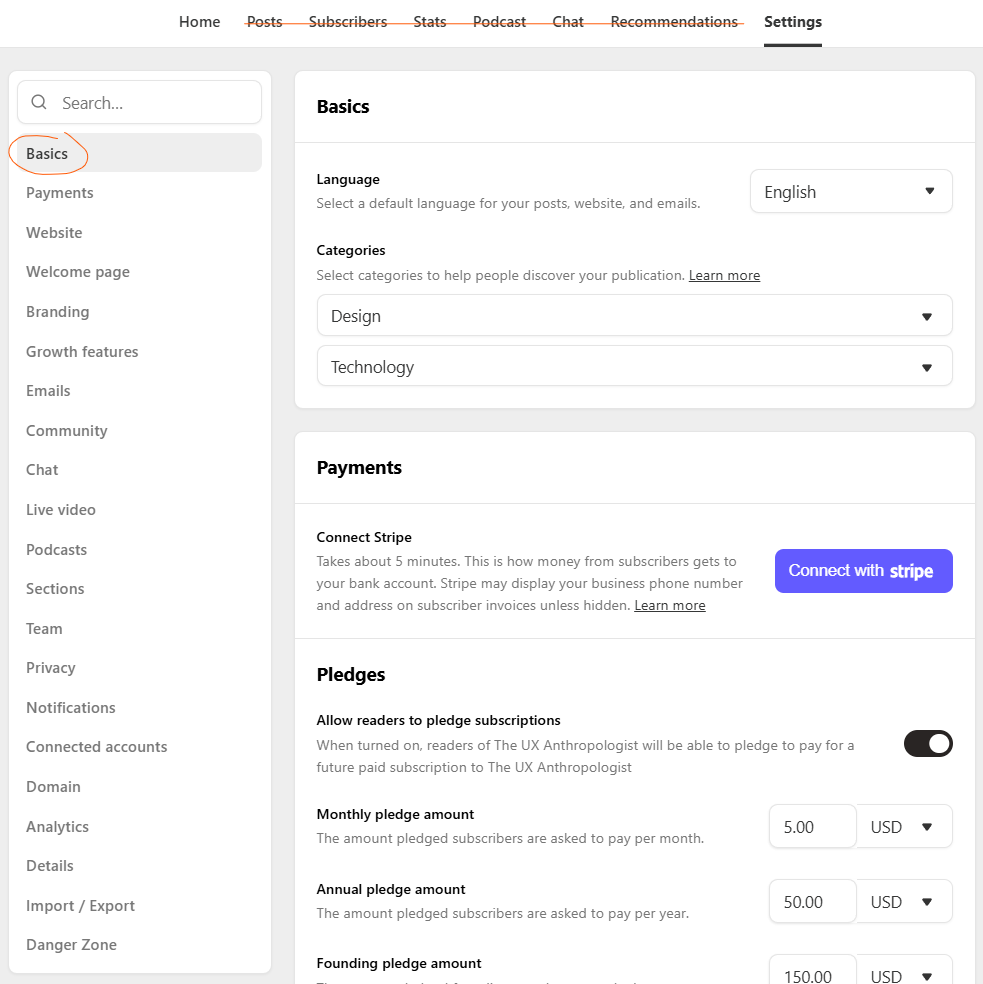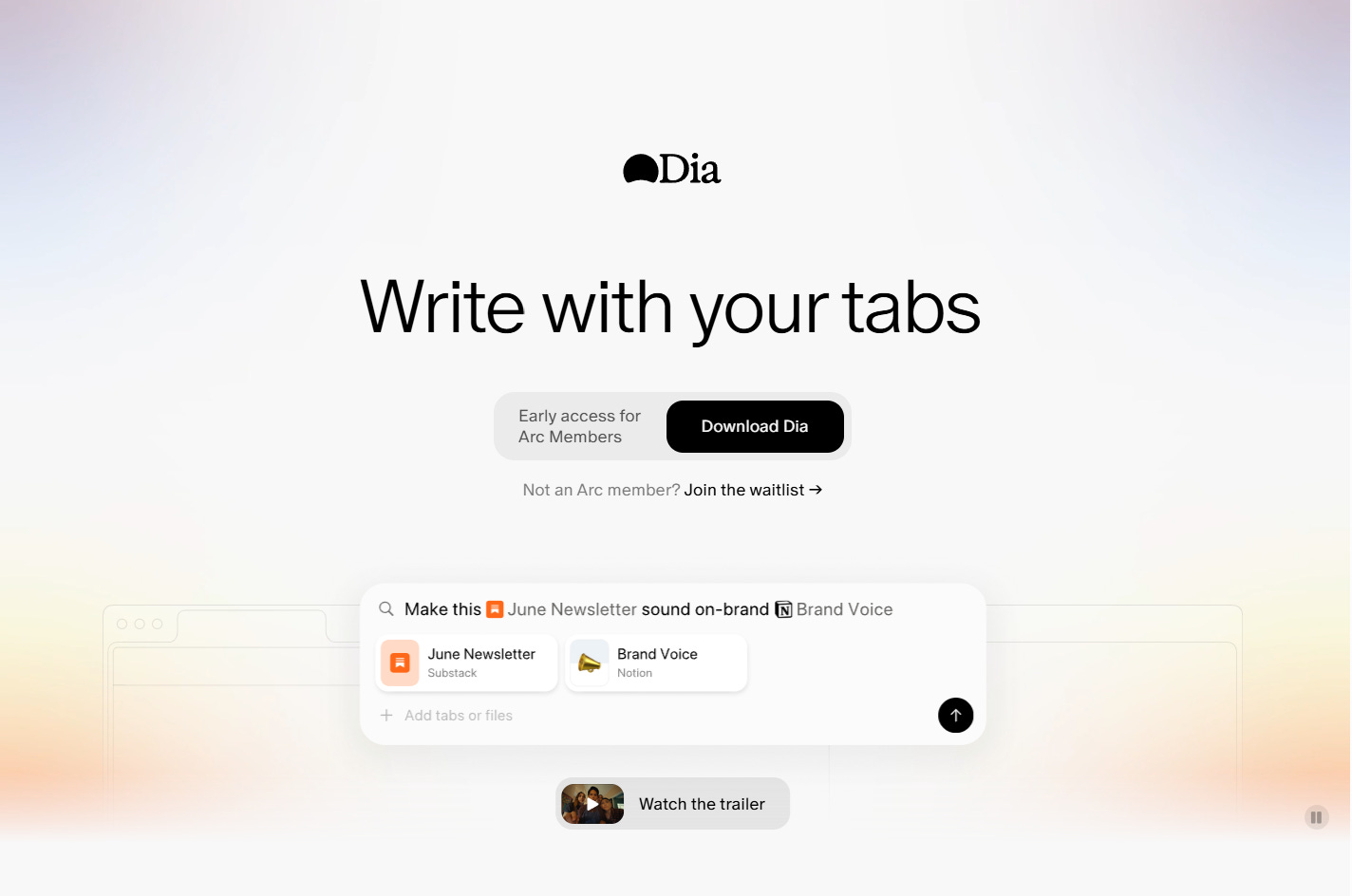UX-Natives are coming, What Now?
Gen Alphas are growing up, and what that means for (UX / Product) designers
Hi! I'm Lala, an architect and product designer based in Toronto. UX Anthropologist is an unfiltered record of design discourse in UX, architecture, and AI — dissecting the cultural and human dimensions of data in the era of AI.
For those that didn’t see my ‘shower thought’ note that started this post 👇
Before answering the question, let’s start by defining the problem(s).
Some context
The conversation between Trevor Noah and Jonathan Haidt, the author of The Anxious Generation, inspired my thinking on products built for the next generation of users versus users now.

Highlight of their conversation:
People’s digital presence are replacing in-person connections at a large scale, as a result, creating a generation where people rarely spend quality / memorible time together.
And it got me thinking… With our expotentially growing reliance on technology, it is quietly re-writing our mental models to make sense of every product, every interface.
Whereas this sort of “training” is happning to us as adults, it is quietly shaping Gen Alphas’ mental models from a blank slate. Just like learning a language, the experience of approaching a new system of communication as an adult is uncomparable to that of a kid.
Then, how would mental models of Gen Alphas look like?
Understanding the next big culture baseline: Tech-natives
Keywords: omnipresent screens, “iPad kid”, matured UX industry
To understand how Gen Alphas will be pros in navigating products, let’s look at some numbers to get a sense of how much time kids nowadays really spend with screens — and how they spend them.

The shockingly high screen times of teens (pre-teens have similar statistics) show just how much time of their attention are spent on devices: on average ~6 hours a day!
The reason I included examplar platforms in these tables is to highlight the second factor of this phenomenon:
Over half of pre-teens and teens time on devices are spent on entertainment, like Youtube, Netflix, Tiktok — the same platforms that everyone uses.
Even if their parents purposefully choose not to use these products, it’s almost impossible to shut it out completely because they are used by everyone, everywhere.
As the industry of UX matures, this ubiquity means that most kids are exposed to more or less the same UX / UI systems. And on a daily basis, they interact with probably the latest versions of these products (which happens quite frequently), while discussing with their friends how it’s so horrible or great (as we all do — I don’t think a single designer thought of nothing after Apple dropped the liquid glass update!?)
This constant exposure to products then slowly shapes their taste and sensibility to UX systems, melding them into the true tech-savvy generation.
I’d also like to include two stories that I got from the Substack community:
“That’s how my Gen Alpha daughter is. She can tell me quickly if something should be different on an iPad view or my laptop.”
Comment from:
.
“I have quite a few Gen Alphas in my family and what is quite common - is their ability to spot what doesn’t work and raise their unhappiness with it quite easily.”
Comment from:
.
Thank you both for sharing your personal stories! They are the perfect testimonies to the superb UX intuition of Gen Alphas.
Result: a growing expectation gap
While the younger generations quickly grow up surrounded by screens, interfaces, and virtual realities 24/7, the generations that spent most of their lives without a phone still uses the same products and devices.
The result: an increasingly drastic gaps in UX-fluency level between user groups.
But they use different products anyway, you could say. Or they are still users and not designers; youngesters that know Tiktok / Instagram by heart doesn’t mean that they actually know anything about UX flows, conversion rates, design systems, etc.
The catch: they soon will be using the exact same products as us (adults)!
Young tech-natives equipped with native-UX-mental models will be adults in 5-10 years, and they will be using Microsoft Suite, or maybe Notion, or any other B2B products that would dominate the market in a few years.
While the older generations continue to use the few products they are familiar with: probably also Microsoft Suite — if Excel/Word Doc/Powerpoint gets it done, why learn something new?
What does that mean for UX / Product designers?
Then, what does this mean for designers…? With the cheaper cost of rendering and back-end processing, we already see a return of more complex, animated UI. I see this trend to continue for the next few years, but for the discussion today, I want to focus on the future trends of products in terms of their design systems and information architecture.
My prediction:
1. Designing layered complexity in products
While some products are crafted specifically for niche user groups, many of our day-to-day products, such as Substack itself, is designed to be easily navigable even for completely non-tech-savvy people.
The solution for these kind of products are usually: make it as intuitive, clear, and easy to work with. Except, I suspect the younger generation will expect more than so. Just like the algorithm — personalized feeds, customizable interfaces, intuitive interaction patterns to them — will be the new baseline to these tech-experts.
The challenge then becomes designing products that adapt seemlessly to both the pros and amateurs. Some examples I can think of:
Multiple interaction pathways for the same outcome, such as
Customizable shortcuts that cut task-completion time for pros
Features usually hidden unless activated through a certain gesture (for example, the number of features that Apple has but no one knows/uses?)
Gesture and voice integration as primary interaction methods
The goal is to minimize task-completion time and friction
2. Designing for system impermanence
This one is also a key objective for many products today: building flexible systems that can gracefully evovle and handle frequent updates without breaking user mental models.
This goes the same for both infrastructure and visual design systems. With the rapid advancement of AI, the speed of product evolution will only go faster. Meaning products need:
Design systems that can evolve while maintaining core interaction patterns
Such as constantly evolving UI that maintain similar UX flows, the key is to identify the “right” elements that need stability versus fluidity
Interfaces that can effectively communicate their updates/changes to users for frictionless adaptation
3. Designing for algorithm-native thinking
The last one is a Gen Alpha childhood special: the algorithm.
I’m pretty convinced that kids these days don’t know what it’s like to have the snake game as the only game on their mom’s phone, and having to beg for 5 minutes of play time while waiting in line forever for whatever errand because they are no other entertainment. (and I’m a Gen Z!)

But for Gen Alphas, Tiktok was there when they were born. Scrolling to find content catered to their taste is second-nature. To me, this means leveraging the algorithm for products is essential. Although, the algorithm will not only personalize context, but the UX/UI itself for the user, meaning:
Adaptive interfaces that can detect and respond to different user sophistication levels through AI pattern recognition to reduce cognitive load
Show relevant functions proactively rather than waiting for explicit requests
Fluid UX/UI based on minimum-friction-feedbacks (think Substack’s ‘Hide note’ function) rather than relying on reviews and written feedback
While many products of today have personalized content for users (any social media platform), but little products truly adapt to their user in terms of UX/UI.
Looking at products today… What do you think?
Products today are already adapting these trends:
Layered product complexity like Substack itself,
Algorithm-native products; today, AI-powered products are probably the closest to my definition,
Constantly evolving design systems, like Airbnb’s recent UI refreshment with animated icons.

With cheaper processing power, growing AI capabilities, and a generation of UX-natives that grew up with personalized, adaptive experiences, these shifts in product design are already beginning to happen.
For designers, staying ahead of these curves will soon be a baseline requirement in today’s maturing UX landscape. I’m certain that in just a few years, it will become fundamental in a market where user expectations, thanks to Gen Alphas, will evolve faster than most teams can catch up to! (without incredibly long nights and OTs, at least)






Thank you for mentioning me. Next time I will check my comment to not repeat „quite” three times 😂 Aside from that I have the same intuition about gene Alphas who I suspect to surprise us „quite” a lot in the future ☺️
Thanks for the highlight, and also the great post examining the UX-Natives coming of age